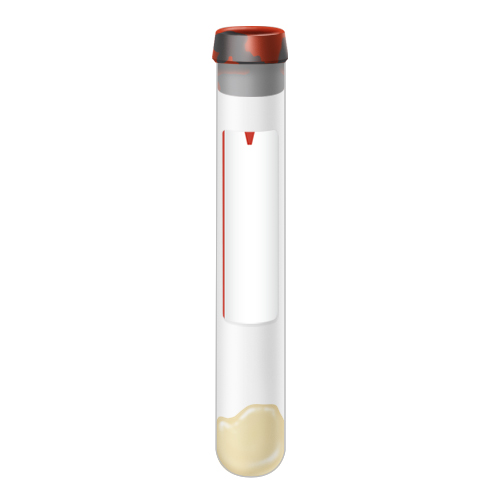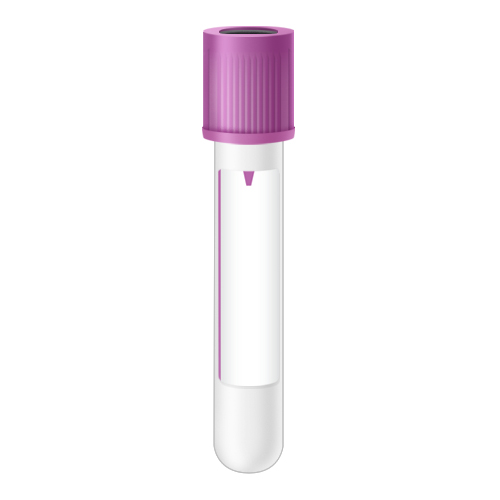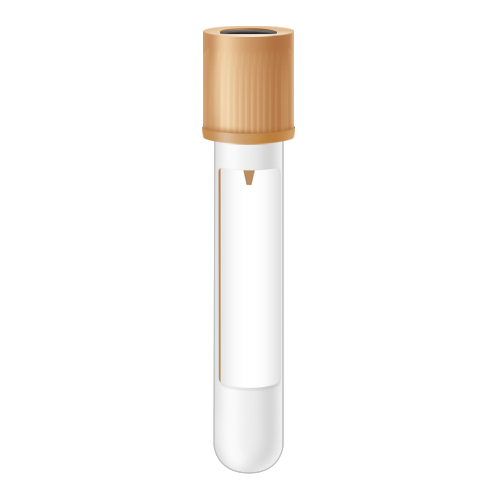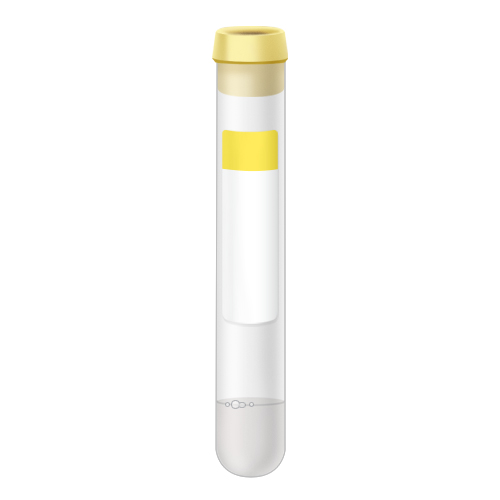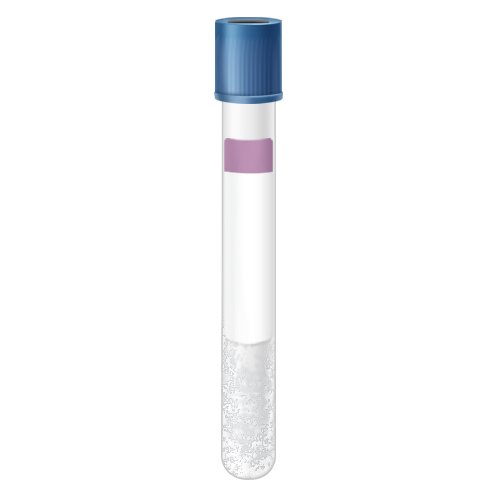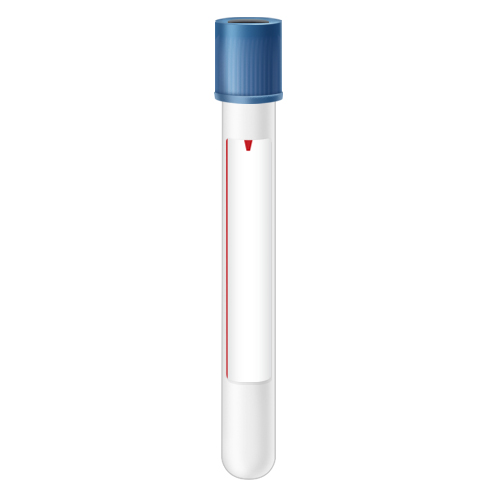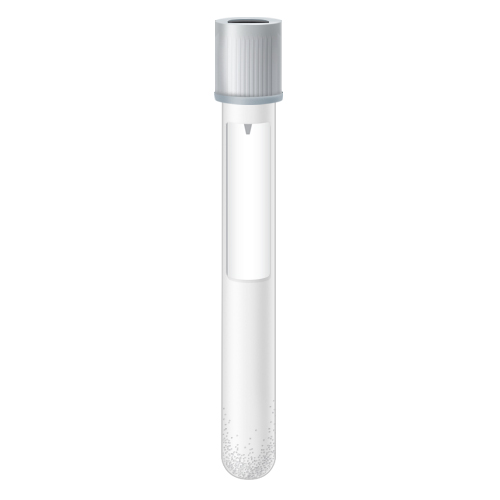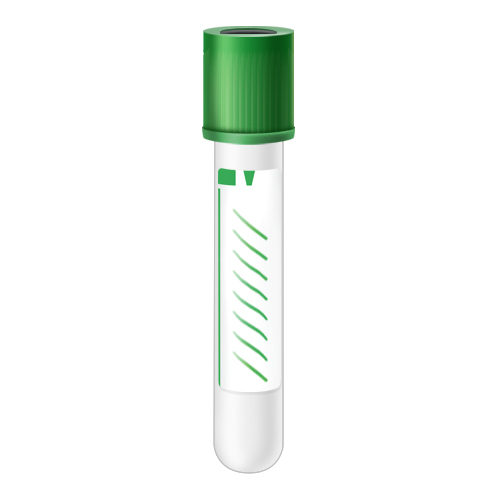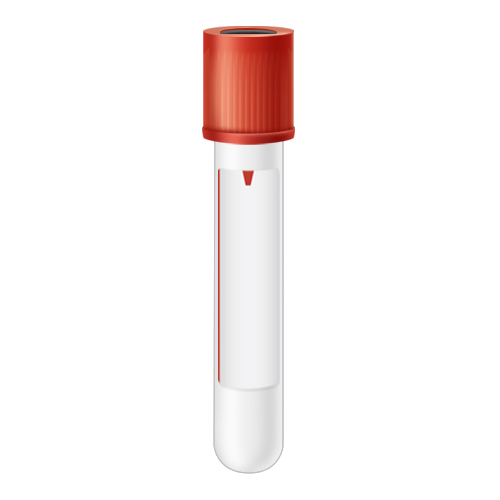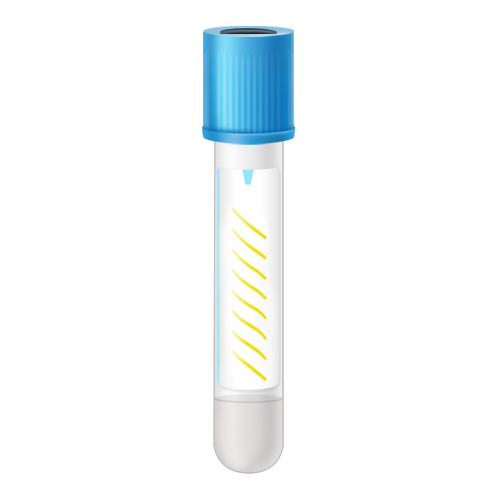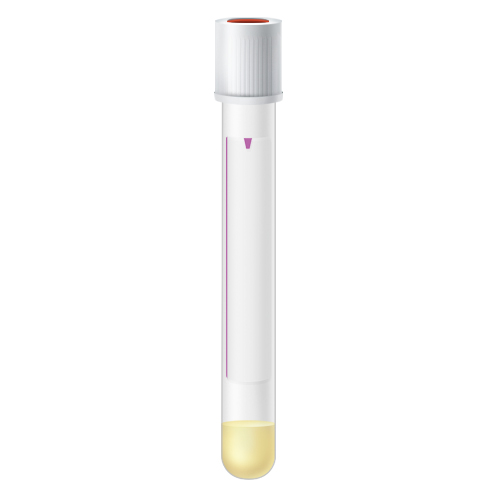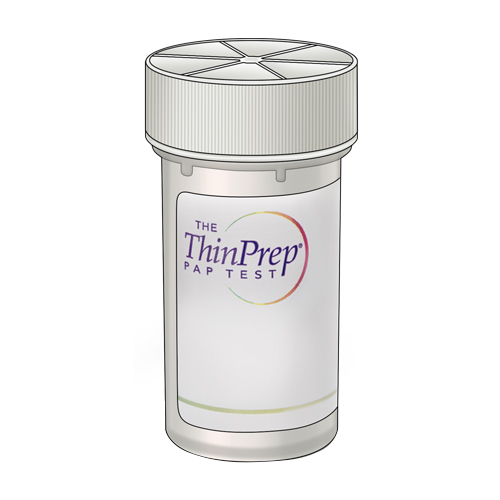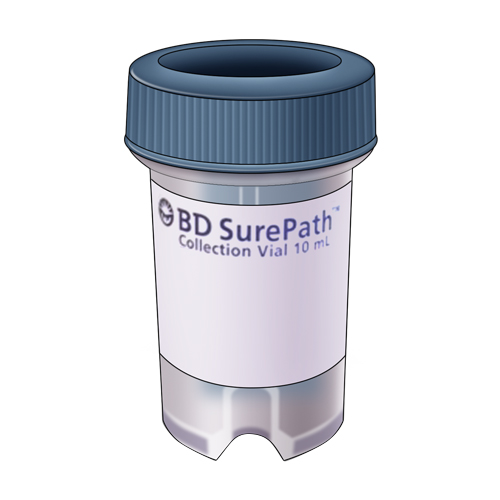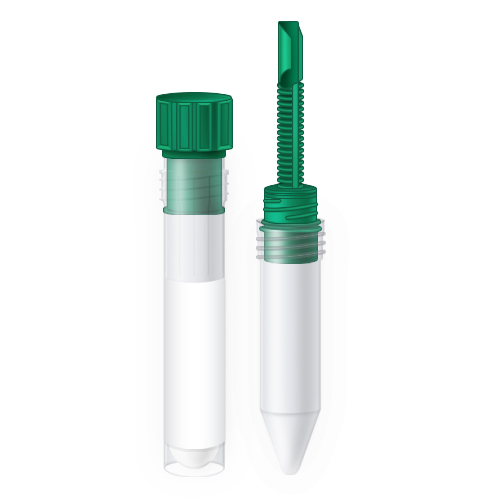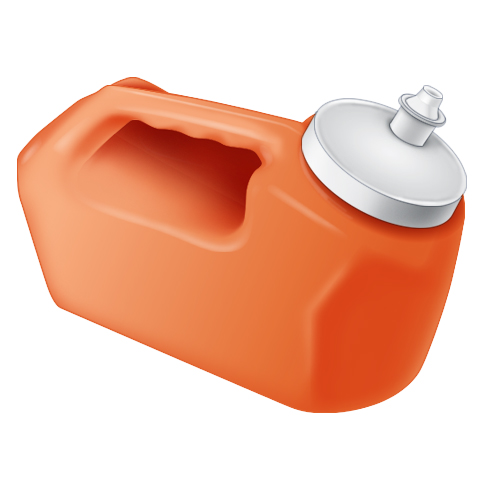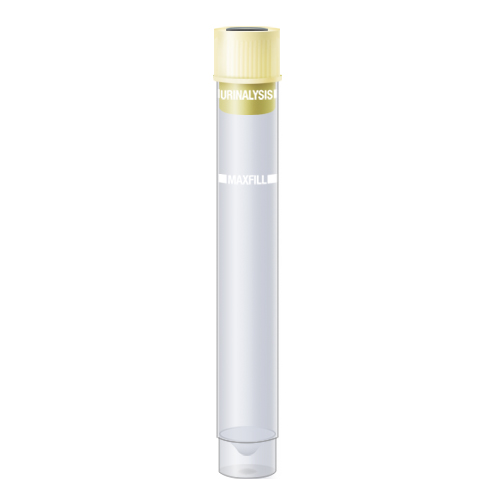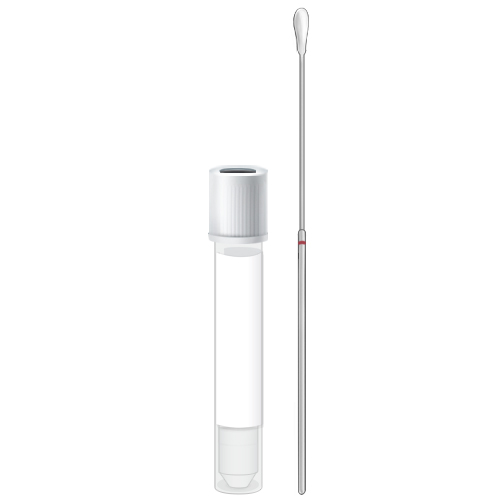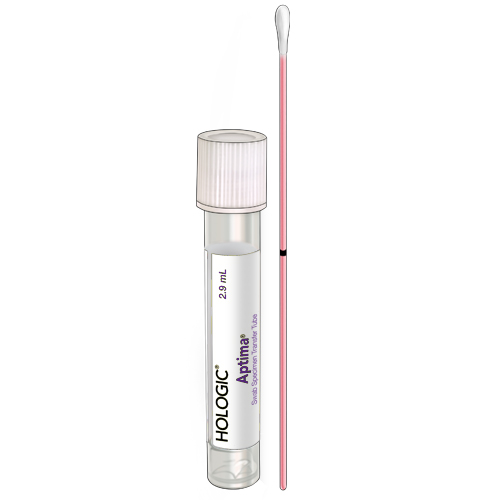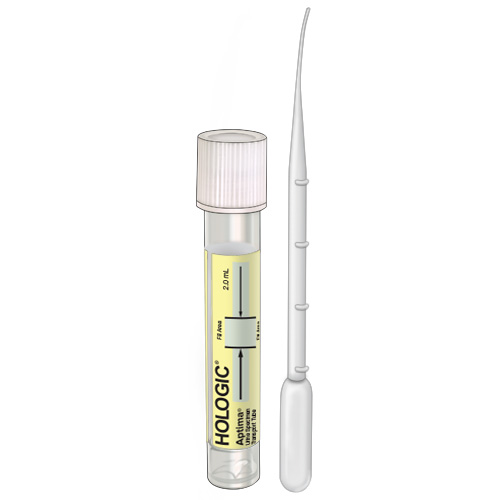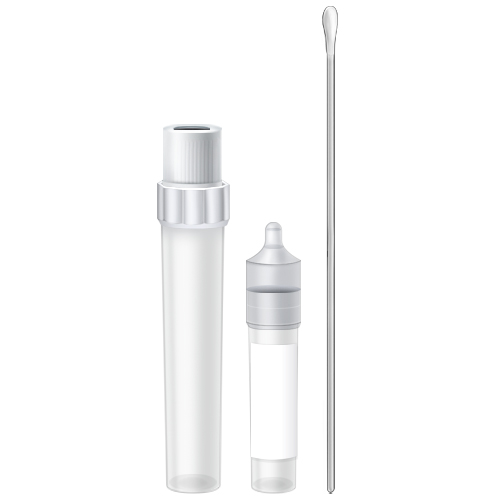In 2022, it’s estimated that 9,910 new cases of testicular cancer will be diagnosed in the United States, according to the American Cancer Society.1 This April, for Testicular Cancer Awareness Month, we’re highlighting some key information to help raise awareness and encourage education – read on for five important things to know about testicular cancer.
1. What is Testicular Cancer?
When cancer cells form in the tissue of one or both testicles (the male reproductive glands), it is called testicular cancer.2 The testicles are made up of many different cells which can develop into one or more kinds of cancer. Types of testicular cancer include:3
- Germ cell tumors: tumors in germ cells (the cells responsible for making sperm) make up more than 90% of testicular cancers. Seminomas and non-seminomas are the two main types of testicular germ cell tumors.
- Stromal tumors: tumors that originate in the stroma (the testicle’s supportive and hormone-making tissues) are less common – accounting for only 5% of adult testicular tumors but up to 20% of childhood testicular tumors.
Because the prognosis and treatment of these tumors differ, identifying within which type of cell cancer originates is a crucial step to care.3
2. Younger Men Are at Greater Risk for Testicular Cancer
Though men of any age can get this disease, it particularly impacts young and middle-aged men. According to the American Cancer Society, about half of testicular cancers occur in men between the ages of 20 and 34,4 with the average age at the time of diagnosis being 33.1 Teenagers and children account for about 6% of cases, and 8% of cases are estimated to be diagnosed in men 55 or older.1
Men who have one of the following conditions may also be at higher risk for testicular cancer:4
- Cryptorchidism (an undescended testicle)
- Carcinoma in situ of the testicle (CIS)
- HIV
- A family history of testicular cancer
- A personal history of testicular cancer
Certain factors like race, ethnicity and body size can also increase your chances of getting this disease. The risk for white men is about four to five times greater than that of Black and Asian-American men, and some research indicates a link between tall men and testicular cancer.4
3. The Signs of Testicular Cancer
One of the first testicular cancer symptoms is often a lump on the testicle or swelling of the testicles. Additional symptoms can include:5
- Testicle pain
- Lumps in the testicle or groin area
- Breast growth or soreness
- Early puberty
The American Cancer Society notes that many of these signs could be caused by non-cancerous conditions. Additionally, some men with this disease have no symptoms at all.5 If you are experiencing any of the above symptoms of testicular cancer – speak with your healthcare provider.
4. Testicular Cancer Can Be Detected Early
In most cases, testicular cancers can be found at an early stage before they have grown and spread.6 While there is no standard screening recommendation for this disease,7 most healthcare providers agree that a testicular examination should be part of a routine physical exam.6
Additionally, some healthcare providers recommend that all men perform a monthly self-exam after puberty, especially if they are at high risk.6 If you choose to perform self-examinations regularly, the American Cancer Society notes that you can get to know what is normal and relay any changes to your healthcare provider.
5. Testicular Cancer is Highly Treatable
A man’s lifetime risk of dying from testicular cancer is low – only about 1 in 5,000 – this is in part because the disease can typically be treated successfully.1 Treatment options can depend on factors like the stage or type of cancer – but may include surgery, radiation therapy, chemotherapy and high-dose chemotherapy with stem cell transplant.8
Early detection of testicular cancer can be an important step to care as it may allow for more treatment options. Healthcare providers may utilize additional tests to diagnose this disease, including an ultrasound exam, serum tumor marker blood tests or an inguinal orchiectomy.7
Stay On Top of Your Testicular Health
This April, take the time to get to know your risk for testicular cancer and seek guidance from your healthcare provider to see if regular self-examinations are right for you. Join in and keep the spotlight on testicular cancer by raising awareness and encouraging conversation with the men in your life about this serious disease.
GenPath® Oncology, a division of BioReference Laboratories, offers healthcare providers and patients support through all stages of cancer – from routine clinical testing to complex genomic testing for tumor sequencing and hereditary syndromes. If you are a healthcare provider, click here to learn more.
Sources:
- https://www.cancer.org/cancer/testicular-cancer/about/key-statistics.html
- https://www.cancer.gov/types/testicular/patient/testicular-screening-pdq
- https://www.cancer.org/cancer/testicular-cancer/about/what-is-testicular-cancer.html
- https://www.cancer.org/cancer/testicular-cancer/causes-risks-prevention/risk-factors.html
- https://www.cancer.org/cancer/testicular-cancer/detection-diagnosis-staging/signs-and-symptoms.html
- https://www.cancer.org/cancer/testicular-cancer/detection-diagnosis-staging/detection.html
- https://www.cancer.gov/types/testicular/patient/testicular-treatment-pdq
- https://www.cancer.org/cancer/testicular-cancer/treating.html


